Ask Ethan: Do 234 Sun-like stars show evidence for aliens?

The press says yes. But what does the science say?
“This isn’t my life anymore, Mulder. I’m done chasing monsters in the dark.” –Dana Scully, X-files
Without a doubt, one of the most exciting prospects in all of science is the possibility that we’re not alone as an intelligent, sentient, curious species in the Universe. It’s taken for granted that we’re the only creatures in the history of our Solar System to have wondered about the fundamental origin and nature of the Universe. But with hundreds of billions of other stars in the galaxy alone, perhaps there are many around other stars. Last week, a study came out saying that, out of millions of stars surveyed, approximately 0.01% — one in 10,000 — of them show signals that might be signs of alien intelligence. Is this for real? That’s the question from Ben Kilminster, who simply linked to a paper entitled, Discovery of Peculiar Periodic Spectral Modulations in a Small Fraction of Solar-type Stars, and said:
When in doubt, ask Ethan.
Good plan, Ben.

Because if you just followed the headlines, you might believe this was a slam-dunk for extraterrestrial intelligence. “Scientists claim to have found 234 alien civilizations,” blares the foolhardy sensationalism, along with anyone else claiming that it’s probably aliens. It’s never been aliens yet. No matter. Claims like this seem to come along every few months, along with attempts to quantify how likely intelligent aliens are despite humanity having a sample size of one verified success alone: ourselves. But there is legitimate science going on here, and there’s an outside chance it actually is aliens, but probably not. Let’s find out why.
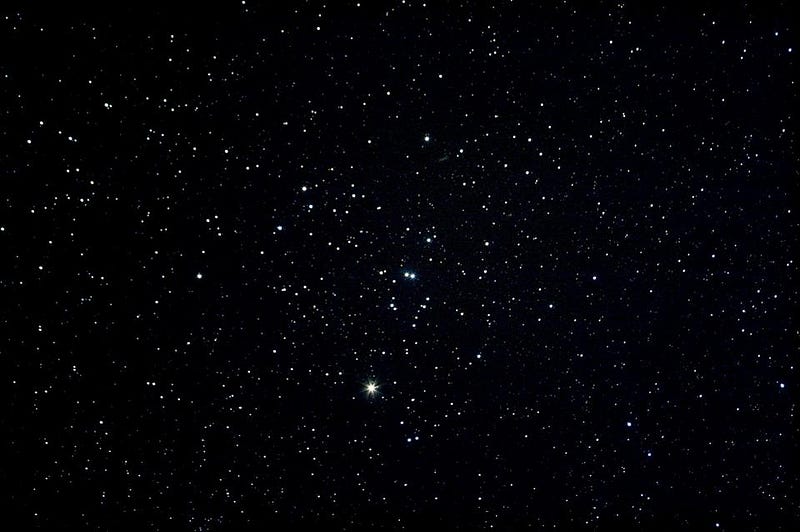
Ask yourself a question: if you wanted to look for aliens, what would you look at? Would you pick a star that was like the Sun and look for signals like the human-made ones we generate? That’s a tough proposition, since stars exactly like the Sun are not the majority (G-class stars, like our Sun, are only about 5% of the stars out there), the human-made signals are dwarfed by the radiation from the star itself and most Sun-like stars aren’t going to have intelligent life in their system, anyway. Perhaps a superior thing to look for would be any kind of periodic signal in a huge variety of stars, and if the signal follows some sort of intelligent pattern — something that would be very unlikely to occur naturally, but very likely to occur if put there through artificial means –maybe that would, actually, be evidence for aliens.
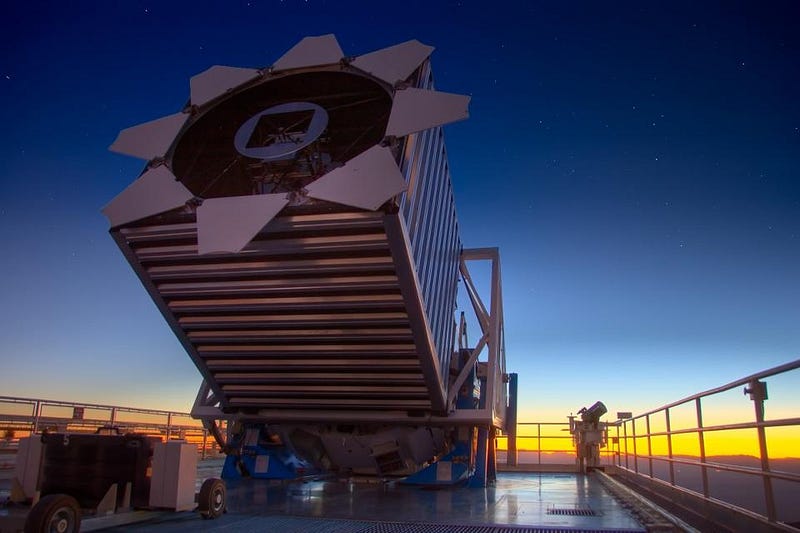
The best data concerning the stars in our galaxy comes from the Sloan Digital Sky Survey (SDSS). This telescope has one of the most advanced cameras ever constructed, capable of:
- taking deep, wide-field views of regions of the sky,
- taking spectra for many different objects at once,
- and observing them over large amounts of time and measuring how they change.
The huge amount that we’ve learned about a myriad of aspects of the Universe from SDSS, from stars to galaxies to cosmology, is the primary reason why WFIRST will be NASA’s flagship mission of the 2020s: it’s basically a souped-up SDSS in space with supernova-finding capabilities! But even just looking at the stars is jaw-dropping from a scientific point of view.
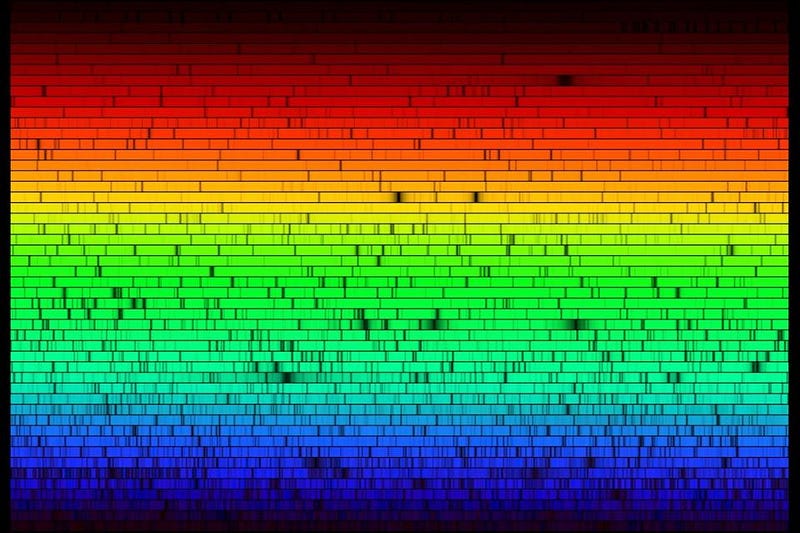
There exist some 2.5 million SDSS spectra in the publicly-available data with spectra collected over long baselines of time, and where these periodic signals of variations in intensity can be looked for. Of these 2.5 million, there are a number of periodic signals that are expected to occur naturally, mostly on longer (~1 second or greater) timescales. But two Canadian scientists — Ermanno F. Borra and Eric Trottier — were interested in tremendously short variations: on the timescale of 100 picoseconds (where a picosecond is 10–12seconds) or less. Why are these variations interesting? Quite simply, because we can detect them solely by looking at the stars’ spectra;this was a pet theoretical project of Borra’s and he is the pioneer in the field.
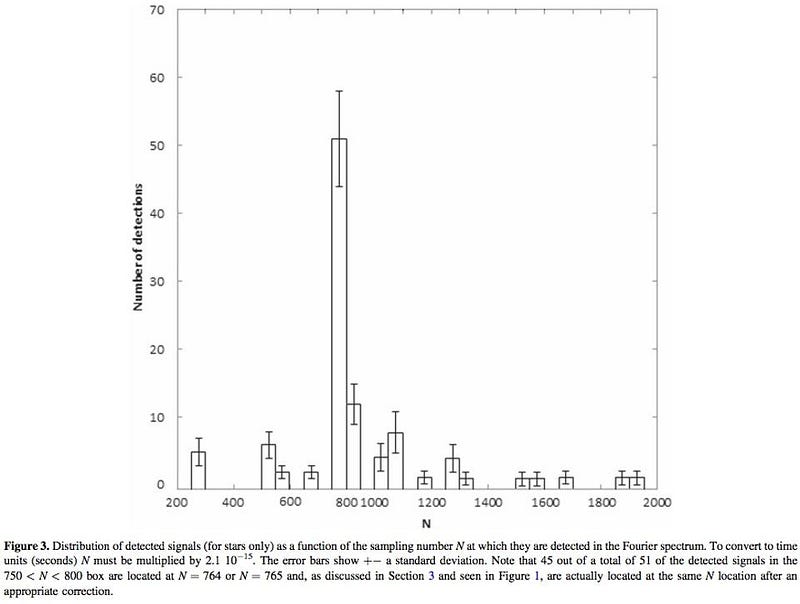
Without getting into the details of the methods, they found that the vast majority of the stars did not exhibit any variations that were “exciting,” or in this fast frequency range with a large signal-to-noise ratio. But a few of them, about 234 out of the 2.5 million, did. And moreover, they did with a very peculiar similarity to one another: with approximately 50 of them displaying a period of between 1.64 and 1.67 picoseconds.
Moreover, almost all of these “interesting” stars are either of the same type as our Sun (G-class) or the type that’s just slightly brighter than ours (F-class). Something, it appears, is happening in about 0.01% of stars that are out there that causes them to exhibit this unusual — but not unique — signature of ultra-rapid variations.
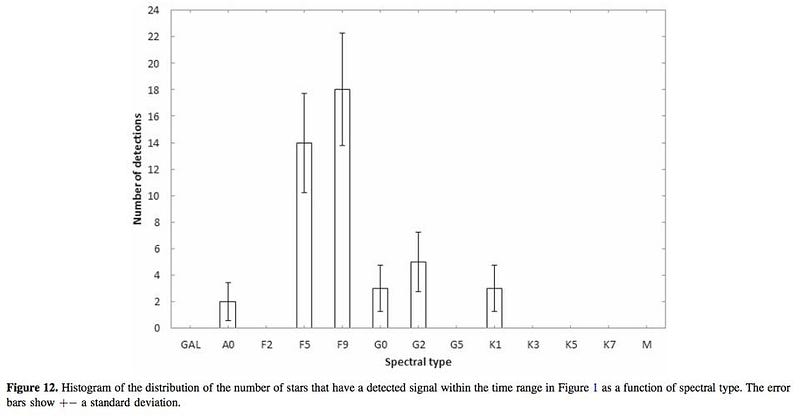
So what causes them, you ask, as a responsible scientist. Borra and Trottier decide to look at four possibilities that could cause a rapid periodic variation like they see.
- Rotational Transitions in Molecules.
- Fourier Transform of Spectral Lines.
- Rapid Pulsations of Stars.
- Or Aliens.

The first one can be ruled out pretty easily, because if there were molecules that created these periodic effects, they’d be easy to find in the interstellar medium. They’re simply not there. The second one is a very intricate phenomenon, and again, Borra is one of the leaders in the field. (That link, by the way, shows Borra finding an unusual spectral signature in 223 galaxies out of the 2.5 million SDSS spectra. In case you couldn’t see where this is going.) After a long and detailed analysis, Borra and Trottier conclude, “probably not.” The third possibility they considered is given the following unabridged treatment in their paper:
In principle, rapid pulsations in small regions of the atmospheres of the stars could generate the signals. However, the periods in Figure 1 show that the period of the pulsation would have to be of the order of 1.65 × 10^−12 s, which appears unrealistically small for stars.
“And therefore,” they conclude, “it’s aliens.”
And that’s it. That’s how the authors arrive at the conclusions of aliens, and journalists who looked no further than that paper arrived at exactly the same conclusion. When I heard of this, all I could think of was the 2008 X-Files movie. You know, the one subtitled I Want To Believe.

So if you wanted instead to be a responsible scientist, what would you conclude from that study?
How about this:
We used a technique that we developed to search for very fast variations in stars by searching their spectral signatures. We found that 99.99% of stars don’t have them, but about 0.01% of them do. Of the ones that do, there’s a curiosity: a large fraction of them are Sun-like stars and have variations consistent with one particular timescale: 1.65 × 10−12 s. We don’t think it can be rotating molecular transitions or ultra-fast pulsations, since those go against observations (for the former) and stellar theory (for the latter), and after a detailed analysis, we don’t think it’s an artifact of taking the Fourier transform of spectral lines.
What we have instead is a curiosity that we think others should investigate further. Most likely, there’s something happening in these 234 stars that has the potential to teach us something new about a small percentage of stars. Less likely, it could be an artifact of taking the Fourier transform of spectral lines after all, which an even more thorough analysis might reveal. Finally, if no physical or analytical explanation can be found, we might consider that an extraterrestrial signal could deliberately create this, as some authors have proposed a rapid, periodic, targeted signal might be a good way for an alien civilization to alert others to their presence.
Why would someone leap to that last conclusion? Because there’s only one person who’s been advocating for it. Can you guess who it was? It was Ermanno Borra, in a paper from 2012.
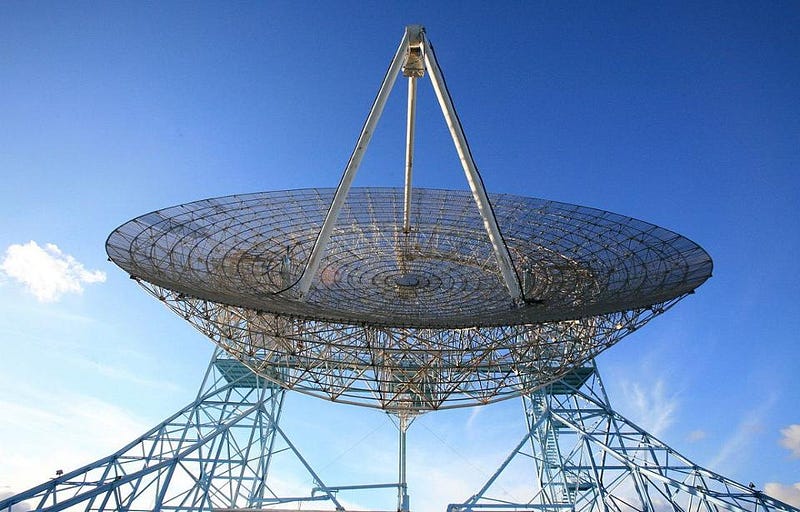
So tell the authors and all the journalists who wrote about this with unabashed enthusiasm that their reports have now been fixed for them. Ben, you did the right thing by asking me. You’re still welcome to consider the possibility that it’s aliens — it always couldbe aliens, after all — but next time, at least get a second opinion from someone who might not be so invested in the extraordinary. As in most cases, given the option between learning a small new caveat and revolutionizing how we look at the Universe, it’s more likely to be the former.
Send in your Ask Ethan questions to startswithabang at gmail dot com.
This post first appeared at Forbes, and is brought to you ad-free by our Patreon supporters. Comment on our forum, & buy our first book: Beyond The Galaxy!





